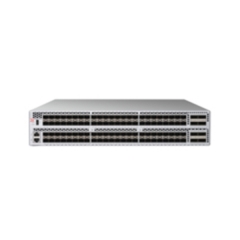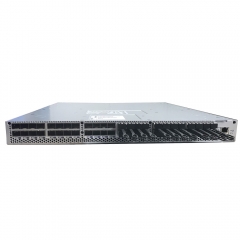2025 AI Development Trends: Shaping the Future of Global Industries
As we step into 2025, artificial intelligence continues to redefine industries, driven by unprecedented innovation and investment. According to recent reports, the global AI market is at a critical juncture, transitioning from speculative growth to strategic, sustainable expansion. Here’s a look at the key trends shaping AI’s trajectory this year and beyond.
In 2024, AI funding reached a record-breaking $1004 billion, fueled by megadeals in infrastructure and foundational models. Companies like OpenAI and Anthropic secured massive investments, reflecting investors’ confidence in high-potential, high-cost ventures. Notably, 74% of deals targeted early-stage startups, signaling a dual focus on established players and emerging disruptors. This shift underscores the growing importance of scalable infrastructure—from advanced chips to cloud services—to support AI’s exponential growth.
While the U.S. still dominates AI funding (76% of total investments), Europe and Israel are emerging as innovation hubs. Europe accounted for 22.9% of global deals, with Israel ranking first in CB Insights’ Mosaic Index due to its robust tech ecosystem. Early-stage investments in Europe hit an all-time high of 81%, indicating a vibrant startup landscape primed for breakthroughs in AI research and applications.
Generative AI, exemplified by tools like ChatGPT and DALL-E, is revolutionizing content creation, healthcare, and customer service. By 2025, global spending on generative AI is projected to reach $691 billion, with enterprises increasingly integrating these tools into workflows. Concurrently, multimodal models—capable of processing text, images, and video—are gaining traction. Models like Google’s Gemini and open-source alternatives such as LLAVA are enabling seamless cross-modal interactions, expanding AI’s versatility.
The demand for AI computing power is outpacing traditional infrastructure limits. To address this, edge computing—deploying AI at the network’s edge—is becoming critical, reducing latency and enhancing real-time decision-making. Additionally, energy-efficient solutions like liquid cooling are gaining adoption, with IDC predicting 60% of data centers will use such technologies by 2028 to mitigate rising energy costs and environmental concerns.
As AI systems grow more autonomous, ensuring trust and security becomes paramount. Leading organizations are prioritizing ethical AI frameworks, emphasizing transparency, bias mitigation, and regulatory compliance. Initiatives like the UN’s AI safety standards and industry collaborations (e.g., the Beijing AI Security International Consensus) highlight the need for global cooperation to address risks while fostering innovation.
AI agents—autonomous systems capable of complex tasks—are reshaping user experiences. From personalized virtual assistants to AI-driven customer service bots, these tools are streamlining workflows and enhancing user engagement. For instance, companies like Zendesk are leveraging AI to automate support interactions, while retail platforms use recommendation engines to deliver hyper-personalized shopping experiences.
2025 marks a turning point for AI, as the technology evolves from experimental to enterprise-critical. From infrastructure advancements to ethical governance, staying ahead requires aligning with these trends. For businesses in sectors like fiber-optic communication, leveraging AI-driven solutions—such as optimizing network efficiency or enhancing customer support—can unlock new growth opportunities. As the AI landscape continues to shift, adaptability and strategic innovation will remain key to success.
Our company will also continue to provide the best quality products and services for the majority of new and old customers, in the context of the era of AI, two-way, mutual achievements.
 +86 19860146913
+86 19860146913 dsale@topsfp.com
dsale@topsfp.com العربية
العربية English
English русский
русский español
español 中文
中文











